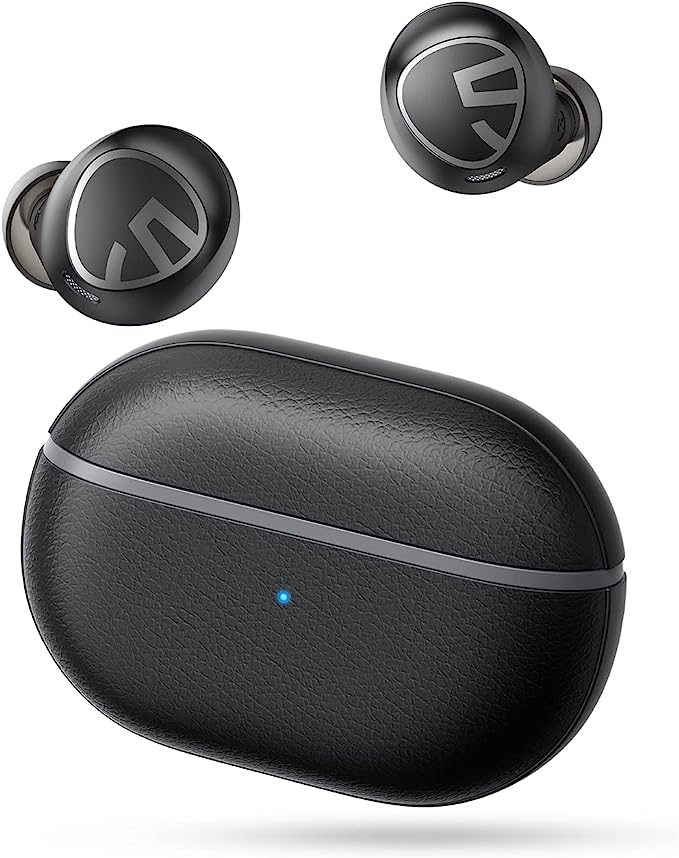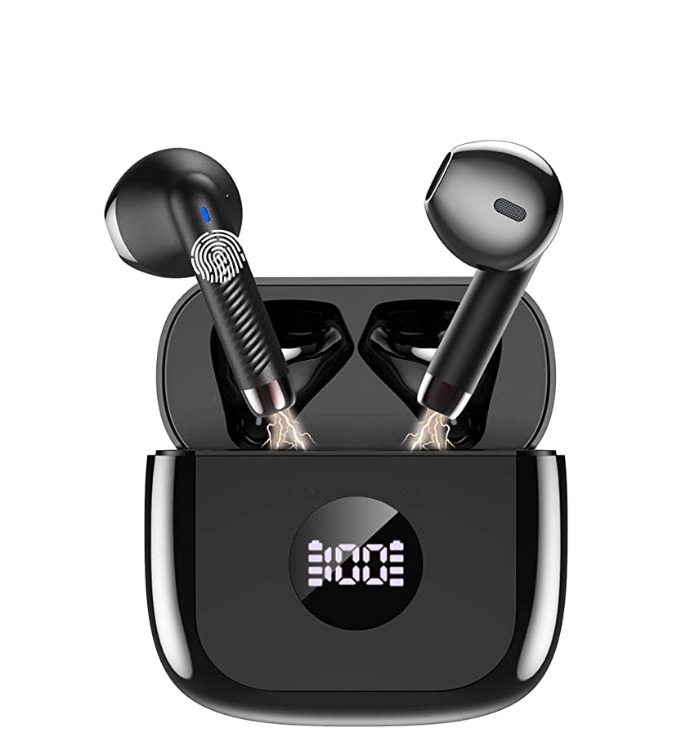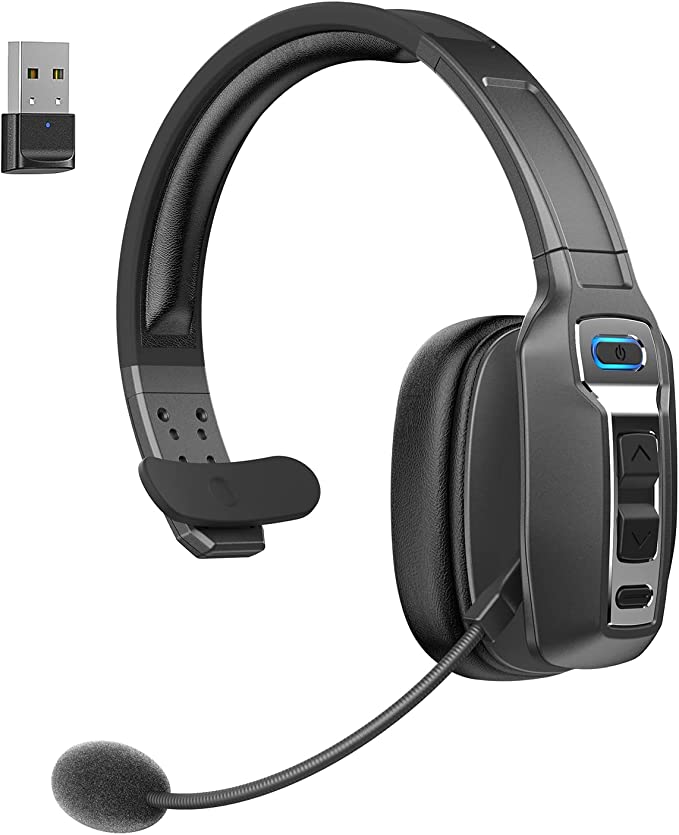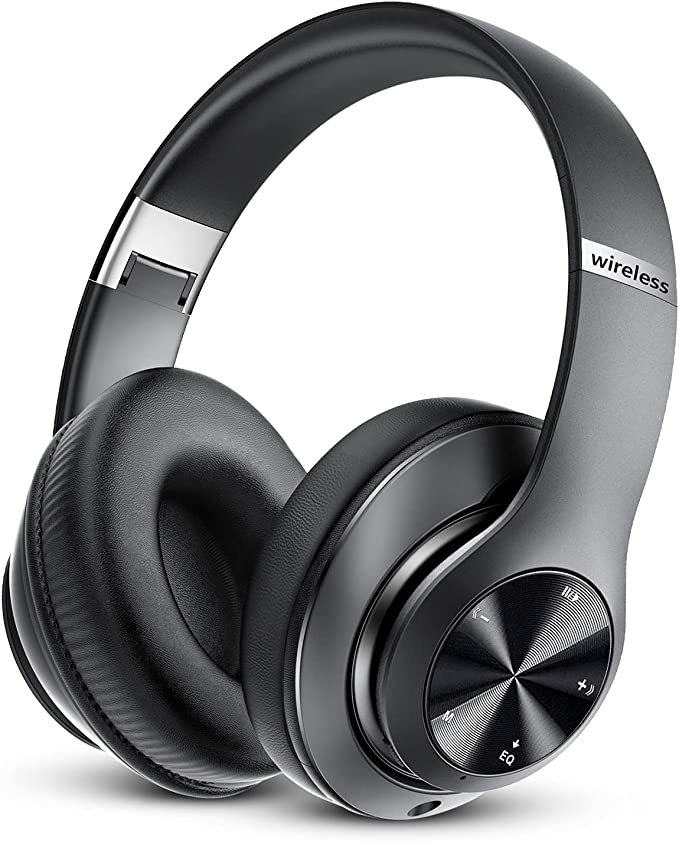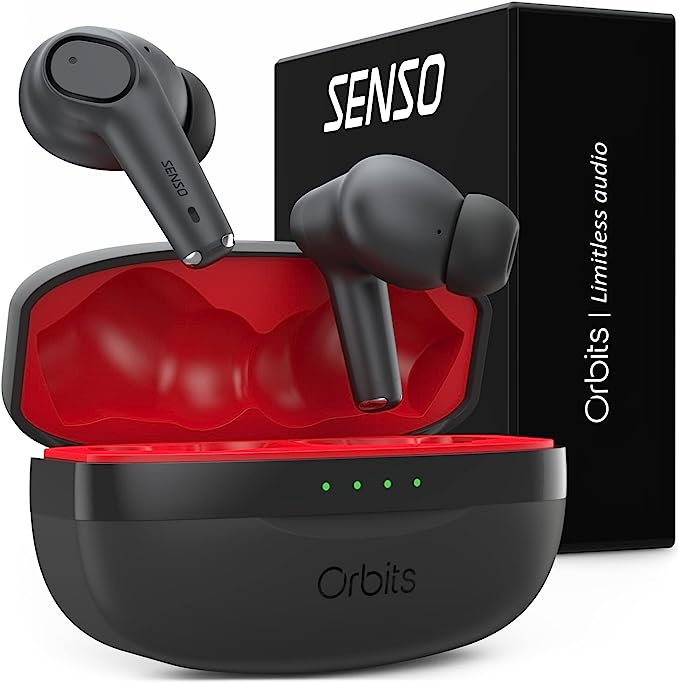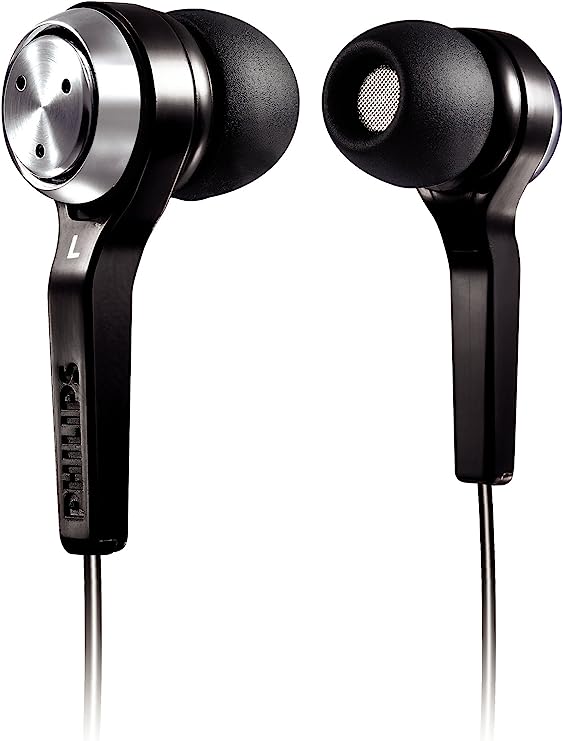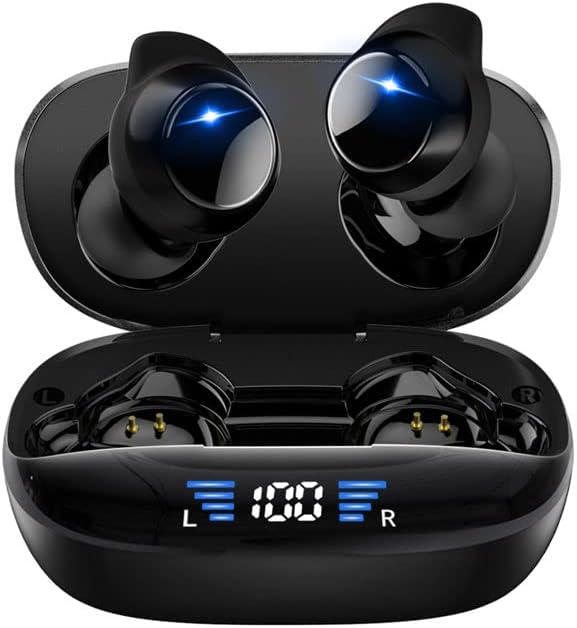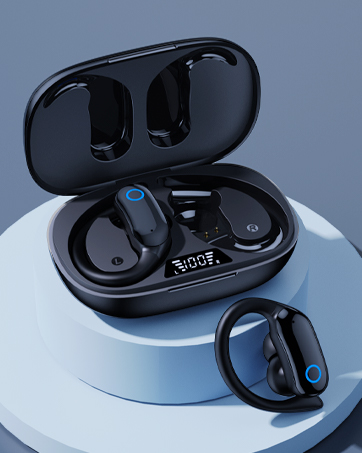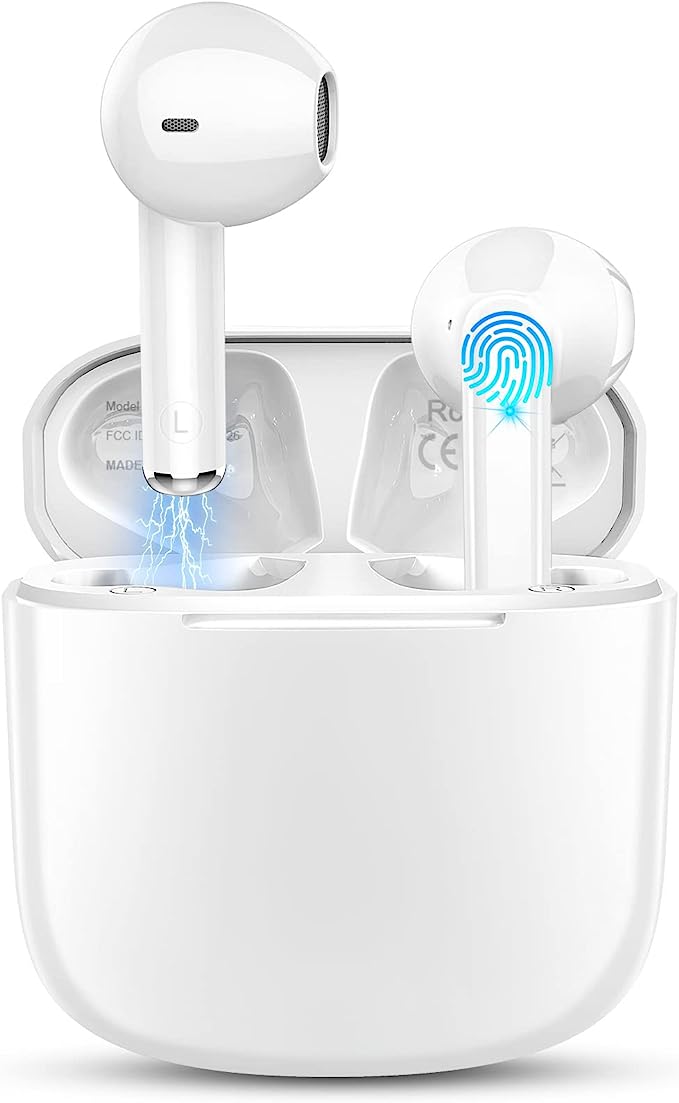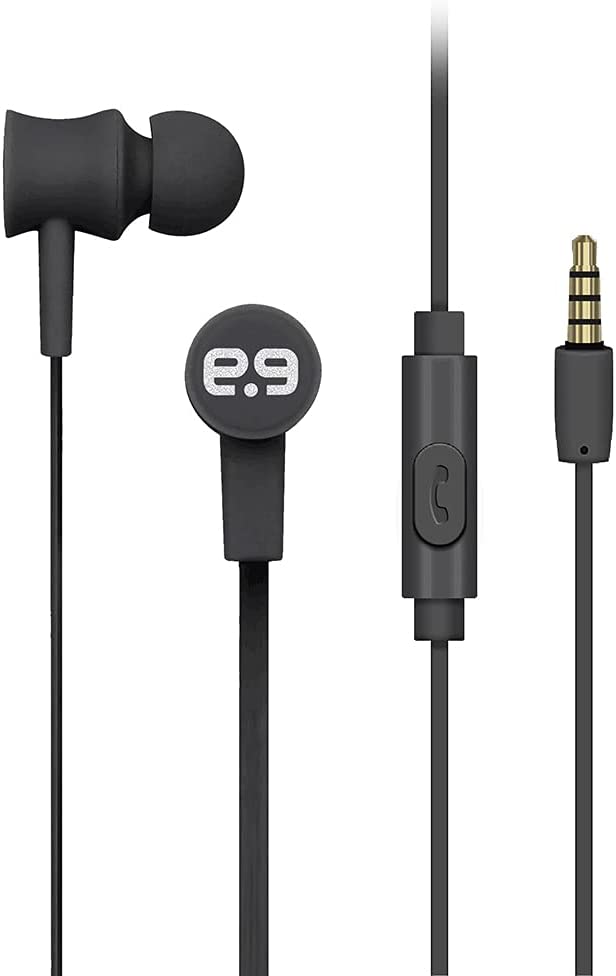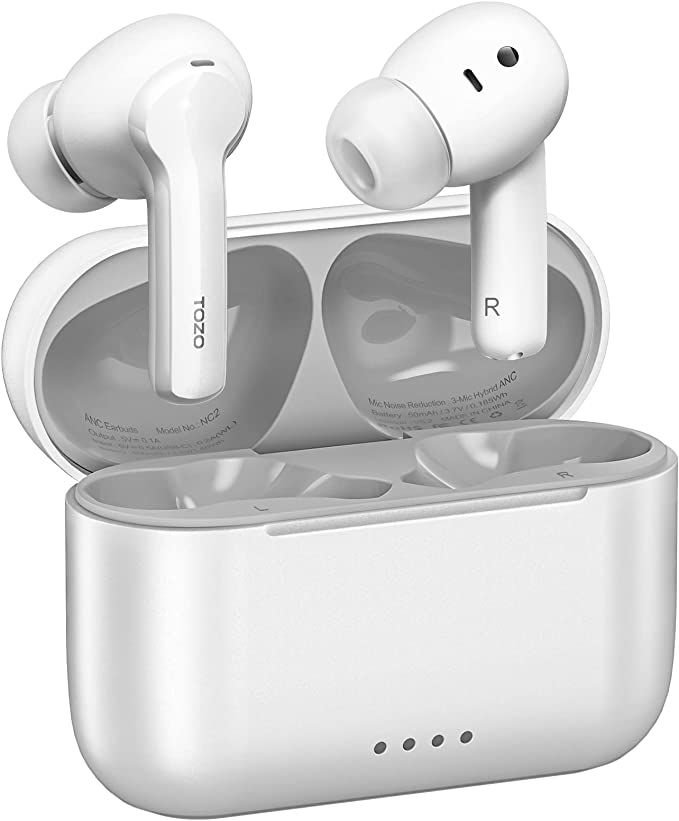Beyond Air Conditioning: The Science of Staying Cool with Evaporative Coolers
Update on Oct. 7, 2025, 1:15 p.m.
The oppressive summer heat arrives not as a guest, but as a siege. It presses on our windows, radiates from our walls, and sends our electricity meters spinning into a frenzy. For decades, the response has been a brute-force solution: the energy-hungry roar of the air conditioner. It’s a powerful tool, but one that often leaves us with parched air, startling utility bills, and a sense of disconnection from the world outside. This begs the question: what if there’s a smarter, more natural way to reclaim our comfort?
Enter the evaporative air cooler, a device often misunderstood and relegated to the shadow of its compressor-driven cousin. It’s not an “air conditioner lite.” It is a fundamentally different technology, a precision instrument that doesn’t fight nature but rather co-opts one of its most elegant principles. To understand a device like the COOLECH JDAC90R 42-inch tower is to understand that effective cooling isn’t just about dropping the temperature; it’s about mastering the intricate dance between heat, air, and humidity. This guide is your consultation. We’ll diagnose your home’s unique “heat illness,” explain the science behind this potent prescription, and ultimately, empower you to decide if this is the cooling revolution your space has been waiting for.

The Consultation: First, We Diagnose Your Air
Before you can treat an ailment, you must understand it. The discomfort you feel on a hot day is a combination of two key factors: the ambient temperature (the dry-bulb temperature) and the amount of moisture in the air, known as Relative Humidity (RH). Think of the air in your room as a sponge. At 100% RH, the sponge is completely saturated; it cannot absorb any more water. At 10% RH, the sponge is bone-dry and desperately “thirsty” for moisture. This “thirst” is the secret weapon of evaporative cooling.
The performance of an evaporative cooler is not determined by its marketing claims, but by the physics of your local environment. Its effectiveness is inversely proportional to the Relative Humidity. So, your first step is not to browse products, but to become a micro-climate detective for your own home.
Your Diagnostic Tool: In a new browser tab, search for “[Your City Name] average summer relative humidity.” Websites like the National Oceanic and Atmospheric Administration (NOAA) or even detailed local weather portals will provide you with monthly averages. Is your typical summer afternoon RH below 60%? If so, you’re in the right clinic. If it’s consistently above 70%, this treatment may not be for you, and we’ll explore why. Understanding this single number is the most crucial step in your cooling journey.

The Prescription: Harnessing the Power of a Thirsty Atmosphere
Have you ever stepped out of a swimming pool on a dry, breezy day and felt an instant chill, even when the sun is hot? You have just experienced the principle of evaporative cooling. When water transitions from a liquid to a gas (evaporation), it requires energy. It draws this energy in the form of heat from its surroundings. Your skin feels cooler because the water evaporating from it has stolen some of its heat.
An evaporative cooler is simply a machine designed to perform this natural process on a massive scale. Let’s look inside a model like the COOLECH JDAC90R to see the components at play:
1. A Water Reservoir: This is the source of the cooling agent. The JDAC90R has a 1-gallon tank, providing the necessary ammunition for the cooling process.
2. A Water Pump: It circulates the water from the reservoir up to saturate a cooling medium.
3. A Cooling Pad: This is the heart of the operation. It’s a porous, sponge-like material designed to hold a large surface area of water while allowing air to pass through.
4. A Powerful Fan: This is the engine. The JDAC90R boasts an impressive airflow of up to 1320 Cubic Feet per Minute (CFM), which is crucial for moving a large volume of air through the saturated pad.
The process is beautifully simple: The fan pulls hot, dry air from your room through the wet cooling pad. The air’s “thirst” is quenched as it forces the water on the pad to evaporate. In doing so, the air gives up a significant amount of its heat to the water molecules. The result? A stream of cooler, slightly more humid air is pushed back into your room, creating a tangible drop in the perceived temperature.
Dosage & Efficacy: The Climate Map of Comfort
This treatment, however, is not universal. Its efficacy is entirely dependent on the “patient’s” condition—your local climate. A manufacturer might claim a temperature drop of “36-50°F,” but this is a theoretical maximum achievable only in near-zero humidity, a condition you’re unlikely to find outside a laboratory. A more realistic expectation is crucial.
Let’s visualize the United States as a patient chart:
- The Green Zone (Ideal for Treatment - Avg. Summer RH < 40%): This includes the Desert Southwest (Arizona, Nevada, New Mexico). Here, an evaporative cooler is a powerhouse. The air is so “thirsty” that evaporation is rapid and efficient. You can expect a significant, comfortable temperature drop of 15-25°F (8-14°C). It’s not just cooling; it’s providing much-needed humidity, improving air quality and comfort.
- The Yellow Zone (Effective with Management - Avg. Summer RH 40%-60%): This covers a vast area, including the Mountain West, the Great Plains, and parts of the West Coast. In this zone, the cooler is still a very effective and energy-efficient tool. The temperature drop might be more moderate, around 10-15°F (5-8°C), but it’s often the perfect amount to take the edge off the heat. Proper ventilation becomes critical here to prevent the room from feeling clammy.
- The Red Zone (Not Recommended - Avg. Summer RH > 60%): This includes most of the East Coast, the Deep South, and the Pacific Northwest. Here, the air “sponge” is already half-full. Forcing more moisture into it results in minimal cooling and a major increase in humidity, leading to a sticky, uncomfortable environment often described as a swamp—hence the nickname “swamp cooler.” In these regions, a traditional air conditioner, which actively removes humidity, is the correct prescription.
Comparing Treatments: Evaporative Cooler vs. Portable Air Conditioner
Now that you understand the mechanism, let’s place our case-study machine, the COOLECH JDAC90R, in a head-to-head comparison with a similarly sized portable air conditioner.
| Feature | Evaporative Cooler (COOLECH JDAC90R) | Portable Air Conditioner |
|---|---|---|
| Cooling Principle | Evaporation (adds moisture) | Refrigeration Cycle (removes moisture) |
| Energy Consumption | Extremely Low (~80 Watts) | High (~1000+ Watts) |
| Impact on Humidity | Increases Humidity | Decreases Humidity |
| Ventilation Needs | MUST HAVE an open window for fresh air | MUST HAVE a window to vent hot exhaust hose |
| Environmental Impact | Low (no chemical refrigerants) | Higher (uses HFC refrigerants) |
| Upfront Cost | Generally Lower | Generally Higher |
| Noise Level | Lower (Fan noise only, ~50 dB) | Higher (Fan + Compressor noise) |
The numbers don’t lie. The energy consumption difference is staggering—you could run more than ten evaporative coolers for the same energy cost as one portable AC. This is the primary appeal. It’s a cooling solution that won’t punish your wallet or the planet. However, this efficiency comes with a critical, non-negotiable requirement: a constant supply of fresh, dry air. Unlike an AC that recirculates and chills indoor air, an evaporative cooler performs a one-way trick: it takes in dry air, cools it, and that now-humid air must be exhausted. This is why an open window is not just a suggestion; it’s a core part of the operating manual.
Your Personal Diagnosis: The Decision Checklist
Is this energy-efficient prescription right for you? Let’s turn this knowledge into a simple diagnostic checklist.
- Climate Check: Is your area’s average summer afternoon humidity consistently below 60%? (Refer back to your detective work).
- Yes / No
- Ventilation Check: Can you easily provide a source of constant fresh air (an open window or door) in the room you want to cool?
- Yes / No
- Goal Check: Is your primary goal significant energy savings, and are you comfortable with a moderate, natural-feeling cooling effect rather than intense, icy cold?
- Yes / No
- Humidity Check: Are you in a dry environment where adding some humidity would actually improve comfort and alleviate issues like dry skin or static electricity?
- Yes / No
- Health Check: Do any household members have respiratory conditions, like asthma, that are sensitive to high humidity or potential mold growth?
- Yes / No (If yes, proceed with caution and use a hygrometer to ensure RH stays below 60%.)
If you answered “Yes” to the first four questions, you are a prime candidate for an evaporative cooler. It aligns with your environmental conditions and cooling goals, offering a synergy that traditional ACs cannot match.

Conclusion: A Choice, Not Just a Purchase
Choosing how to cool your home is more than a simple transaction; it’s a decision about your comfort, your budget, and your relationship with your environment. The evaporative cooler, exemplified by the features of the COOLECH JDAC90R, is not a lesser version of an air conditioner. It is a sophisticated tool designed for a specific job. It offers a future where comfort doesn’t have to come with a high environmental or financial cost. It asks for a little understanding from its user—an awareness of humidity, an appreciation for fresh air—and in return, it delivers efficient, gentle, and sustainable relief from the summer siege.
If your diagnosis points towards this elegant solution, your journey isn’t over. The next step is to learn how to master this tool. For that, we invite you to read our Ultimate User’s Manual, where we debunk common myths and show you how to unlock the full potential of your new cooling companion.


